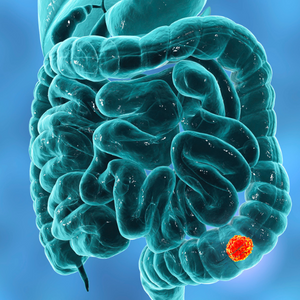GI Conditions
Anorectal
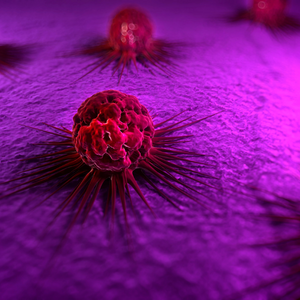
Anal cancer is an uncommon cancer of the anal canal which is a short tube that connects to the rectum.

An anal fissure is a small cut or a tear in the anal canal and is typically caused by trauma to the anus or anal canal.

Fecal incontinence is loss of the ability to control bowel movements.

Hemorrhoids are clumps of swollen or distended veins in the lowest part of your rectum and anus.

Pelvic floor dysfunction refers to inappropriate muscle contraction of the pelvic organs such as the bladder, uterus and rectum.

Pruritus ani is anal itching. It’s a common condition characterized by a persistent or recurrent itching sensation around the anus.

Inflammation of the rectum is called proctitis. Radiation proctitis is inflammation of the rectum due to radiation treatment of a nearby organ or area.
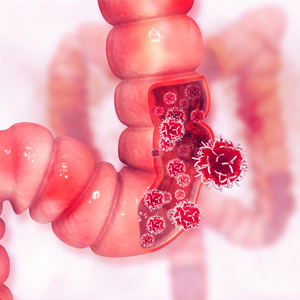
Rectal cancer is cancer that develops in the rectum. Changes or mutations in the DNA of healthy rectal lining cells leads to polyp formation and eventual transformation to rectal cancer.

Prolapse of the rectum occurs when a part of the wall or entire wall of the rectum slides or slips out through the anus.

Anal skin tags are small, noncancerous growths that can occur around the anus.
Colon
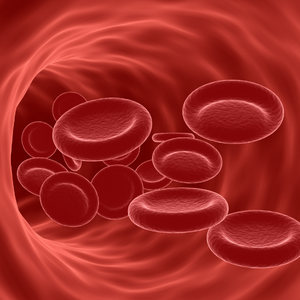
The walls of small blood vessels in the digestive system can become weak and lead to collections of these vessels that are swollen and fragile.

Clostridium difficile colitis is a common cause of infectious diarrhea which is caused by bacteria called clostridium difficile, often called C. diff.
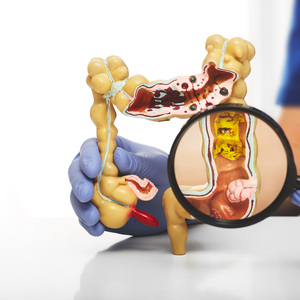
A polyp is an abnormal outgrowth of tissue from the inner lining of the colon which extends into the lumen of organs such as the colon, stomach or small intestine.
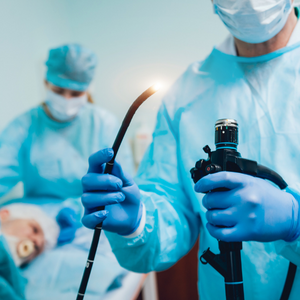
Diverticulosis is a common condition that refers to the presence of small pouches or pockets in the colon called diverticula.
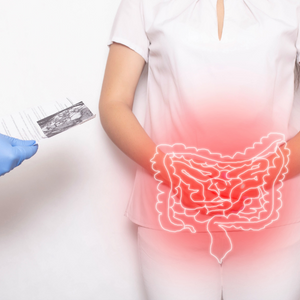
Polyposis syndromes are a group of inherited disorders characterized by the development of multiple polyps in the gastrointestinal tract, most commonly in the colon.
Endoscopic Exams & Interventions
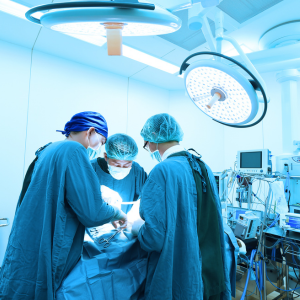
An ampullary neoplasm is a type of tumor that develops in the ampulla of Vater and can be benign (noncancerous) or malignant (cancerous).

EUS-guided celiac plexus neurolysis is a procedure in which an endoscope with a special ultrasound probe is used to inject medication into the celiac plexus, a network of nerves in the abdomen that helps control digestion and blood flow to the intestines.
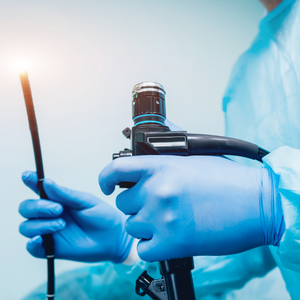
A colonoscopy is a medical test that lets a doctor look inside your large intestine (also called the colon).
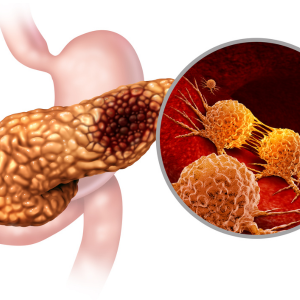
A pancreas fluid collection is a build-up of fluid in or around the pancreas, a gland located behind the stomach that produces hormones and enzymes that help with digestion.

An EGD, or esophagogastroduodenoscopy, is a procedure that allows a doctor to examine the lining of the esophagus, stomach, and duodenum (the first part of the small intestine).

Endoscopic ultrasound (EUS) is a medical procedure that combines the use of an endoscope and ultrasound technology to produce detailed images of the digestive tract and the surrounding tissue and organs.
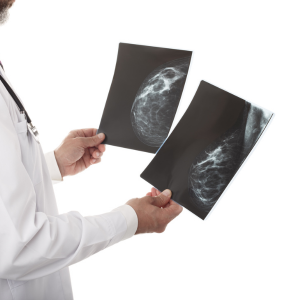
Endoscopic retrograde cholangiopancreatography (ERCP) is a medical procedure that uses an endoscope and X-rays to visualize, diagnose and treat problems in the bile ducts and pancreas.

An ileoscopy is a procedure in which a doctor inserts an endoscope into the ileum (the last section of the small intestine) through a stoma or ileostomy.
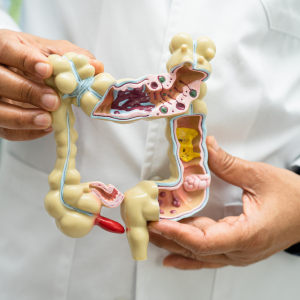
If a large colon polyp is detected during a colonoscopy, the doctor may decide to remove it during the procedure. This is typically done using a technique called polypectomy.

A pillcam study, also known as a capsule endoscopy, is a procedure in which a patient swallows a small capsule that contains a camera.

A pouchoscopy is an endoscopic procedure in which a doctor examines the inside of a J-pouch that has been created to replace the colon and rectum after a patient has had surgery, often for ulcerative colitis or Crohn’s.

Sigmoidoscopy is a procedure in which a flexible tube with a camera on the end, called a sigmoidoscope, is inserted into the rectum and sigmoid colon to examine the inside of the lower digestive tract.
Esophagus

Achalasia is a rare disorder of the esophagus. It occurs when the muscle at the lower end of the esophagus, called the lower esophageal sphincter (LES), fails to relax properly.
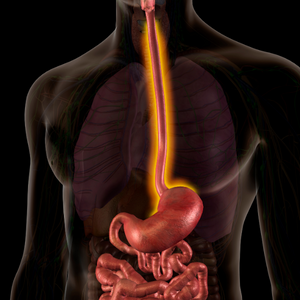
Barrett’s esophagus is a term that refers to replacement of normal lining tissue in the esophagus by tissue similar to small intestinal lining, a process also called intestinal metaplasia.

Eosinophilic esophagitis is a condition that affects the esophagus. It occurs when immune cells called eosinophils infiltrate the tissue lining the esophagus.

Esophageal cancer is a type of cancer that occurs in the esophagus, a long tube that runs from the throat to the stomach.
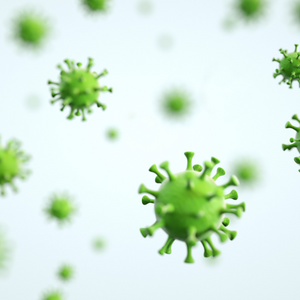
Esophageal candidiasis is a fungal infection that affects the esophagus.
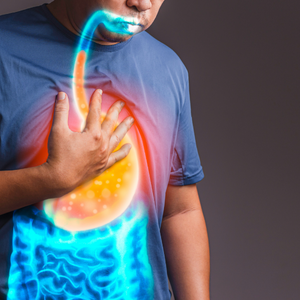
Backflow of acid from the stomach into the esophagus or food pipe is called gastroesophageal reflux.

Pill esophagitis is a term which refers to inflammation/ulceration due to corrosive action of certain medications when they have prolonged contact with the lining of the esophagus.

Squamous papilloma is a type of growth that can develop in the esophagus.

Viral esophagitis is a type of inflammation of the esophagus caused by a viral infection.
Inflammatory Bowel Disease

Crohn’s disease is a long-lasting health problem that causes inflammation in the digestive system.

There are many areas IBD can impact throughout the body. This section outlines those areas which include:
- Arthritis
- Fistulae
- Flare
- Nutrition
- Osteoporosis
- Skin Disease
- Strictures
- Uveitis

There are a variety of medications and treatment options for IBD. Including:
- Dexa Scan
- Cimzia
- Entyvio
- Humira
- Infliximab
- Remicade
- Skyrizi
- Stelara

Microscopic colitis is a health problem that affects the colon. It happens when there are too many immune cells in the inner lining of the colon.

A type of crohn’s disease that affects the anus and rectum. It can occur on its own or along with other forms of crohn’s disease that affect other parts of the digestive system.

Pouchitis is a condition that affects the pouch that is created after surgery to remove the colon and rectum.
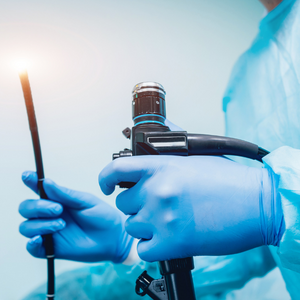
People with ulcerative colitis, the risk of developing colon cancer is higher than in the general population.

Ulcerative colitis is a chronic inflammatory bowel disease that affects the colon and rectum.
Liver
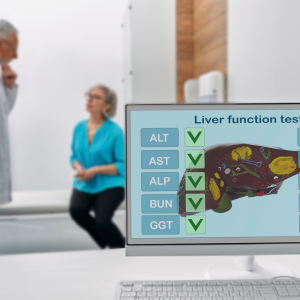
Abnormal liver test results can indicate a problem with the liver or with the function of the liver.

Alcoholic liver disease (ALD) is a group of liver conditions that are caused by excessive alcohol consumption.
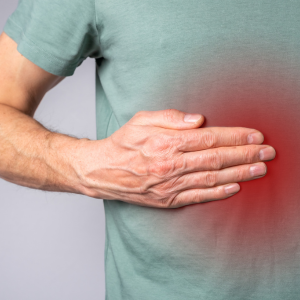
Alpha-1 antitrypsin deficiency (AATD) is a genetic disorder that can affect the liver and lungs. It is caused by a deficiency of the alpha-1 antitrypsin protein, which is produced by the liver.
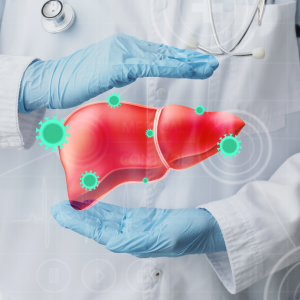
Autoimmune hepatitis (AIH) is a chronic liver disease in which the body’s immune system attacks the liver, leading to inflammation and damage.

Cholangiocarcinoma is a type of cancer that arises from the bile ducts, which are the tubes that transport bile from the liver to the small intestine.

Hemochromatosis is a genetic disorder that causes the body to absorb and store too much iron, leading to a buildup of iron in the body’s tissues and organs, particularly in the liver, heart, and pancreas.
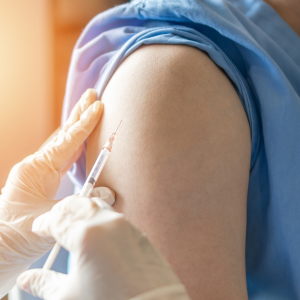
Hepatitis A is a viral infection that affects the liver. It is caused by the hepatitis A virus (HAV) and is typically spread through contaminated food or water, or through close contact with an infected person.
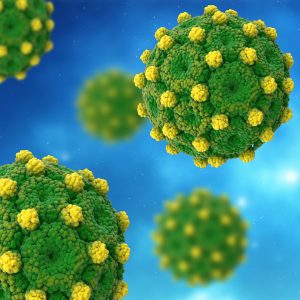
Hepatitis B is a viral infection that affects the liver. It is caused by the hepatitis B virus (HBV). The infection can range from a mild illness lasting a few weeks to a severe, lifelong illness.
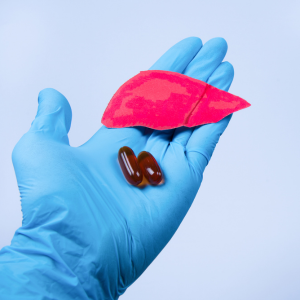
Hepatitis C is a viral infection that affects the liver. It is caused by the hepatitis C virus (HCV). The infection can range from a mild illness lasting a few weeks to a severe, lifelong illness. In some cases, it can lead to liver damage, liver failure, and even death.

Hepatocellular carcinoma (HCC), also known as liver cancer, is a type of cancer that starts in the liver.
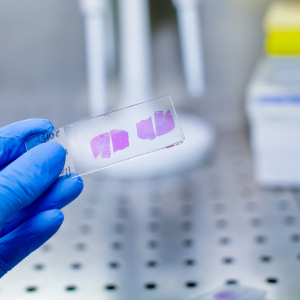
Liver biopsy is a diagnostic procedure used to obtain a sample of liver tissue for analysis. A small piece of liver tissue is removed and examined under a microscope to diagnose liver disease.
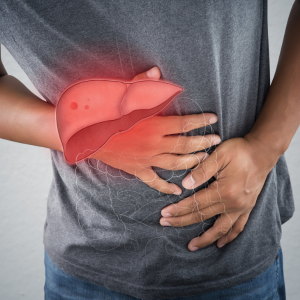
Liver cirrhosis is a serious and progressive liver disease that is characterized by the formation of scar tissue in the liver.

Liver transplantation is a surgical procedure in which a healthy liver from a deceased or living donor is transplanted into a person whose liver is no longer functioning properly.
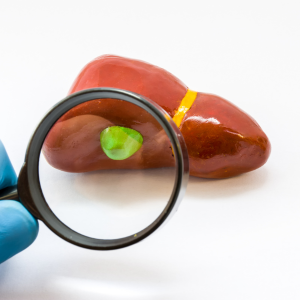
Primary biliary cholangitis (PBC) is a chronic autoimmune disease that affects the small bile ducts in the liver.

Primary Sclerosing Cholangitis (PSC) is a rare, progressive and chronic liver disease characterized by inflammation and scarring of the bile ducts.
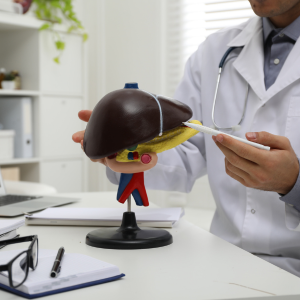
Steatotic Liver Disease (SLD) happens when too much fat builds up in the liver. It includes conditions like MASH, MASLD, and Met-ALD (previously called fatty liver disease, NAFLD, and NASH).

Wilson’s disease is a rare genetic disorder that affects the body’s ability to metabolize copper.
Pancreas
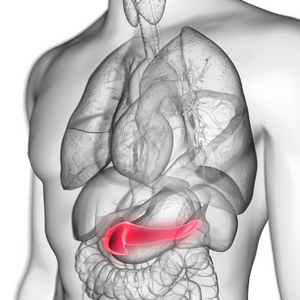
Acute pancreatitis is characterized by sudden onset of inflammation of the pancreas, a large gland located behind the stomach.

Ampullary cancer is a type of cancer that occurs in the ampulla of vater, a small tube-like structure that connects the common bile duct and pancreatic duct to the small intestine.

Chronic pancreatitis is a long-term, progressive inflammation and scarring (i.e., fibrosis) of the pancreas that leads to permanent damage to the gland.

Exocrine pancreatic insufficiency (EPI) is a condition in which the pancreas is not able to produce enough enzymes to properly digest food.

Pancreas gland produces digestive juices, which it delivers to the small intestine via a hollow branching tube called the pancreas duct. The duct system consists of the main pancreas duct and branch ducts. Occasionally, a part of the pancreas lining duct becomes abnormal, grows finger-like projections and secretes mucus.

Pancreas cysts are fluid filled sacs arising within or from the pancreas. MCN’s are benign but precancerous tumor cysts most commonly arise in the body and tail region of the pancreas.
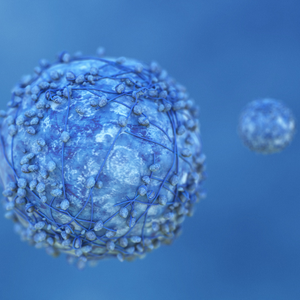
The vast majority of pancreas cancers arise in the lining cells of the ducts within the pancreas gland.

The cells that manufacture and release the hormones are called islet cells. These islet cells are a rare cause of pancreas tumors (islet cell tumors). Because these cells resemble nerve cells and hormone cells, the tumors are also called neuroendocrine tumors (pancreatic NETs).
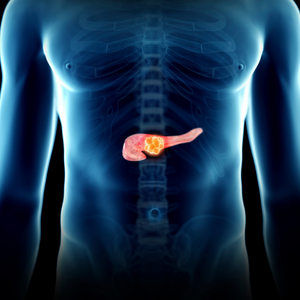
Pancreas cysts are fluid filled sacs arising within or from the pancreas, a large gland that sits behind the stomach.

A pseudocyst is a collection of fluid and at times tissue that is usually a result of pancreatitis.

Serous cystadenomas are benign cysts lined by special types of cells which secrete thin fluid into the cyst.
